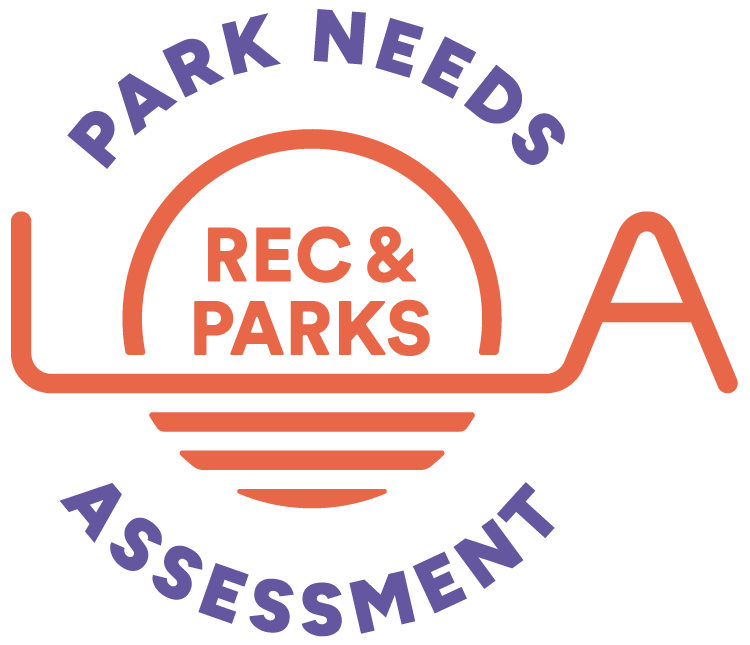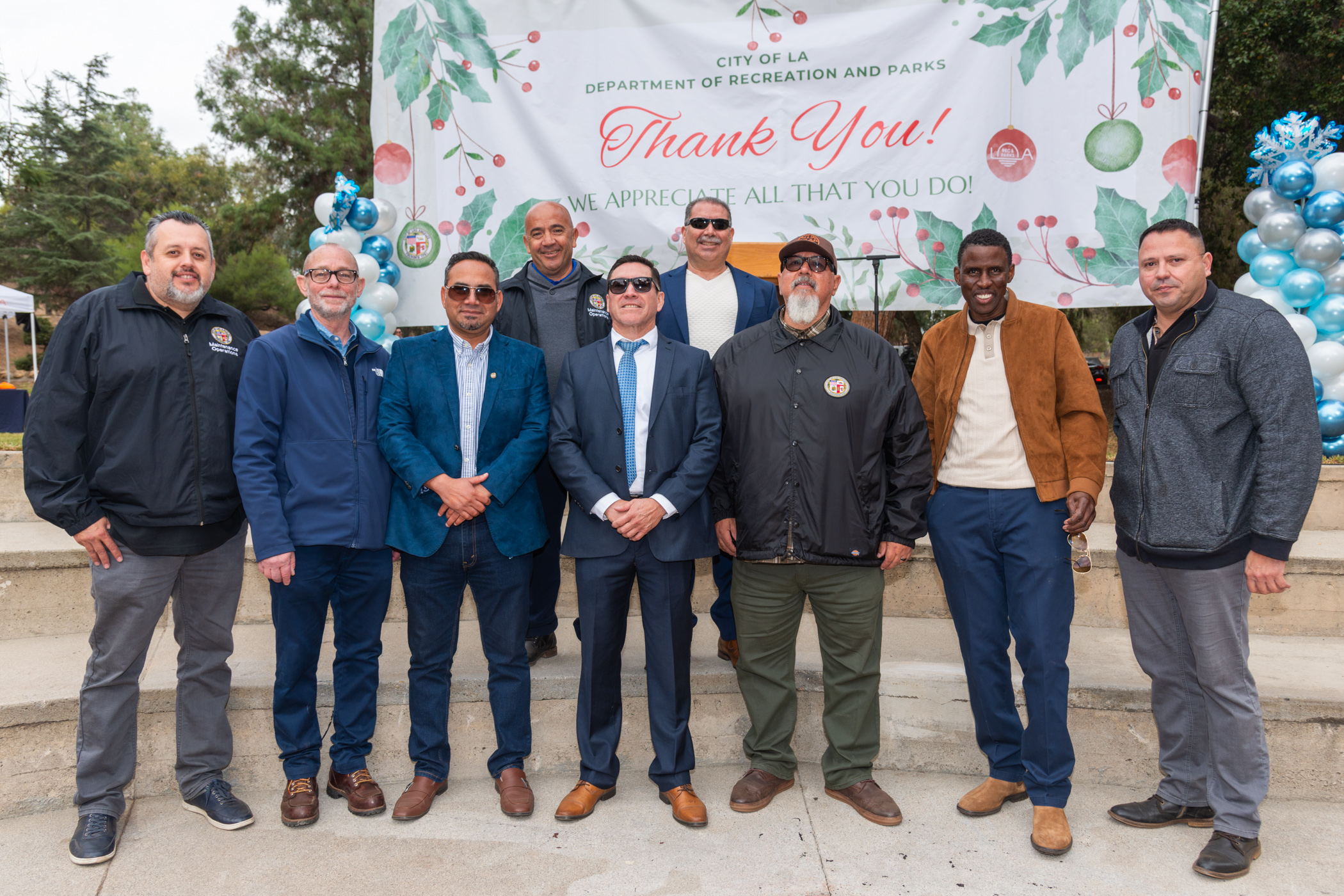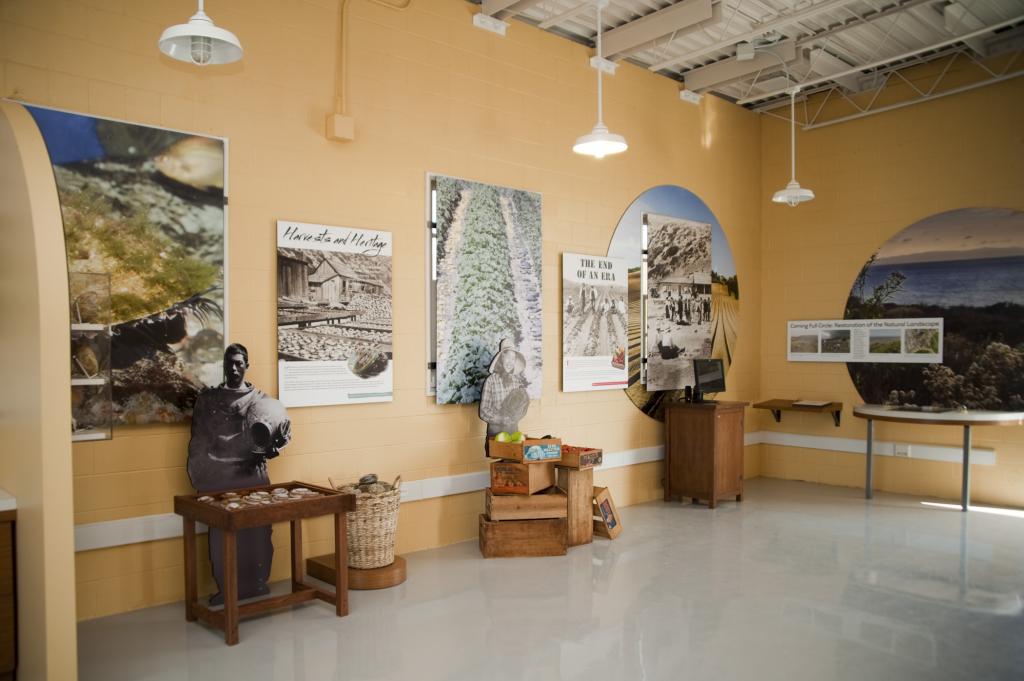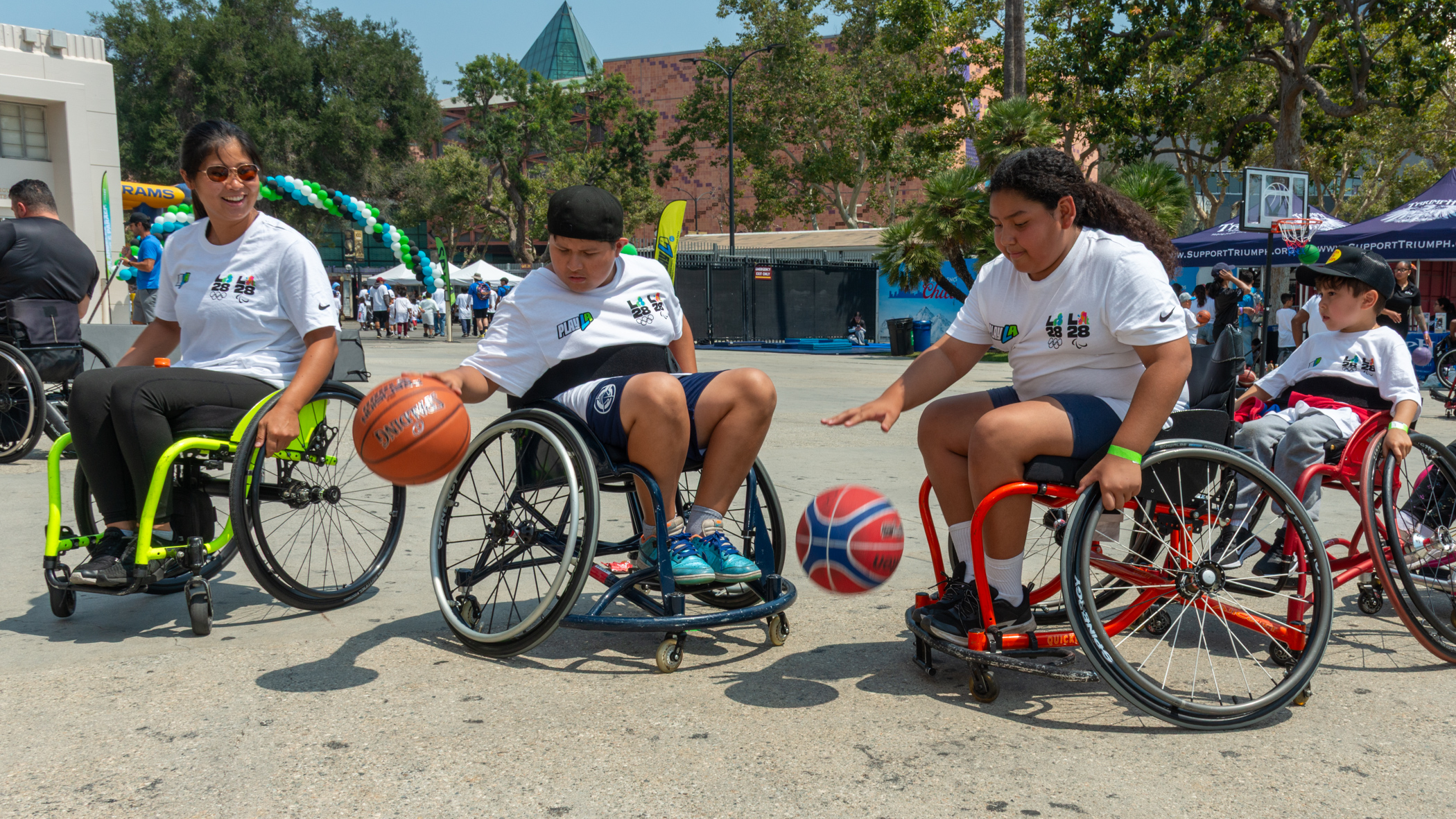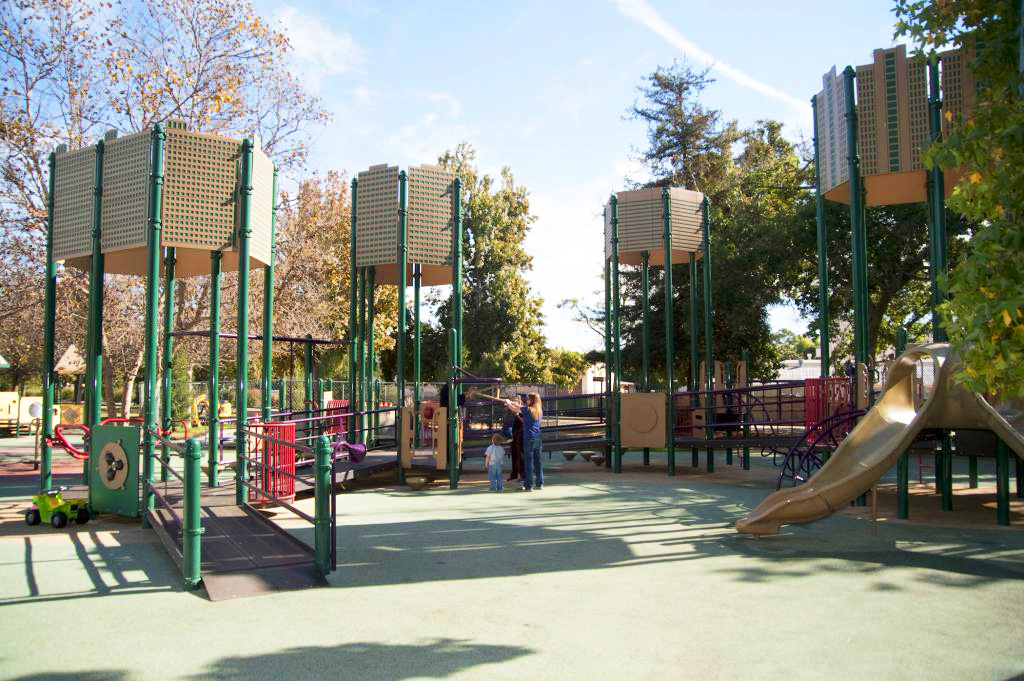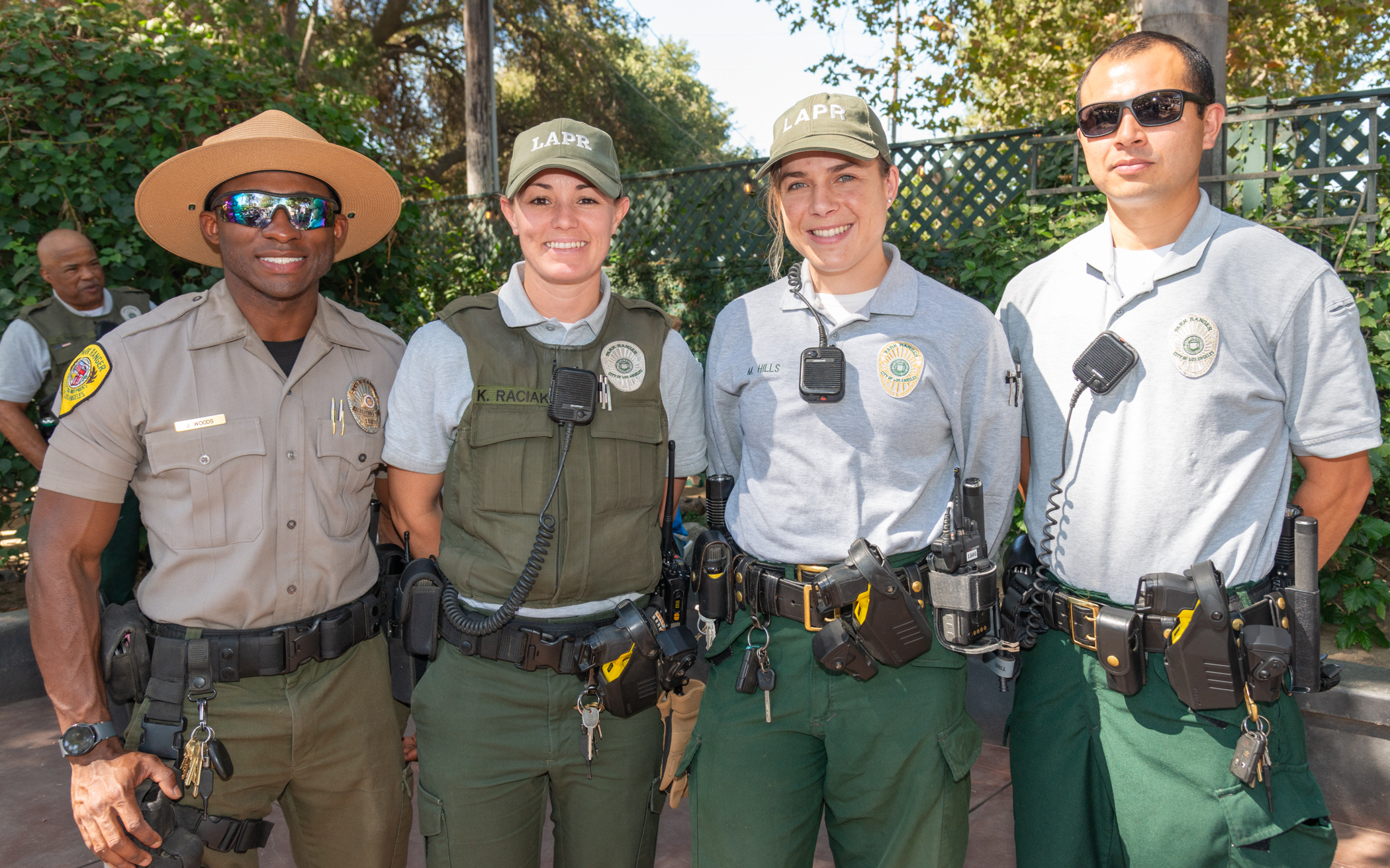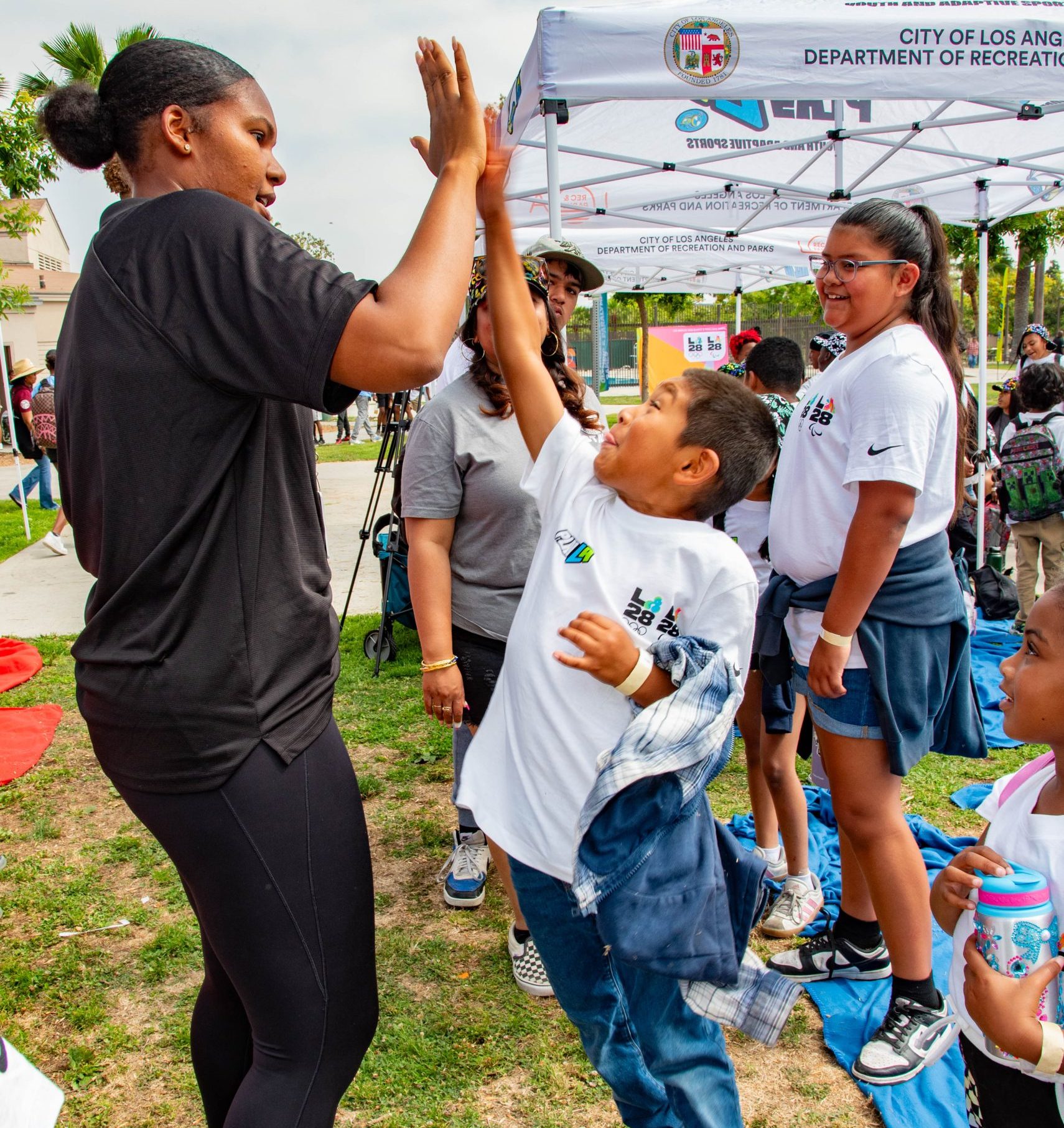Current staff shortages and vacant positions make it nearly impossible to complete staff succession planning, meaning that RAP is frequently unable to look beyond the current year when thinking about staffing and training. This leads to a cycle of lost institutional knowledge.
In addition to reaching a more sustainable full-time staff size, several specific staffing needs have been identified in the assessment so far through conversations with RAP, other City agencies, the Steering Committee, the Technical Advisory Committee, Equity Session Attendees, and community members.
Maintenance - Native Habitat Management + Ecologists
Maintaining thriving native habitats across LA’s park system will require dedicated staff. Environmental supervisors, ecologists, and on-the-ground maintenance crews are needed for invasive species monitoring, protected species identification, plant replacement, and educational endeavors.
One strategy for expanding native habitat management staffing could be to leverage existing civil service positions established by the City of Los Angeles Personnel Department. The Environmental Specialist, Environmental Supervisor, and Environmental Affairs Officer positions are closest to the responsibilities of a RAP ecologist. Additionally, the Park Ranger position also may have duties related to ecological study. Required manual labor would be conducted by Gardener-Caretakers.
SINCE 2008, STAFF NUMBERS AT RAP HAVE BEEN REDUCED DUE TO BUDGET CONSTRAINTS.
RAP currently has one ecologist on staff for Griffith Park who was hired in 2022. Initial steps to expand staff could include assigning a natural resource expert to each of RAP’s management regions (West, Valley, Pacific, Metro, and Griffith). As each region varies in its total number of parks, total park acres, and specific local ecology maintenance needs, tailored maintenance strategies will need to be developed by these natural resource experts. Ideally a single, centrally-located supervisor would oversee the regionally-based staff. Staff from regions with fewer parks and natural ecosystems could help staff in districts with more and larger parks as needed.
Over the next two decades, staffing for the native habitat program should continue to grow, overseen by an Environmental Affairs Officer and supported by Environmental Supervisors that could manage multiple nearby regions. The specific number of staff needed for each region will depend on the region’s existing and new parks. The Griffith and Valley regions would likely need two to three Environmental Specialists, the Pacific and West regions, two, and the Metro region, one. Overall, the program could grow from six staff members up to a supervisory team of approximately 15 staff members in addition to on-the-ground maintenance crews.
Accessibility
Accessible park infrastructure is a critical component to providing equitable access to parks, and RAP is legally required to meet ADA standards and accessible building code requirements in any future park project. Having staff members dedicated to accessibility within RAP will help support the department in future ADA compliance and help meet the department’s aspiration for a more accessible park system across the City.
In addition to physical accessibility, dedicated program accessibility managers and communications accessibility experts are needed to address the accessibility of the department’s programs and web, mobile, and analog communications.
Rangers
Rangers perform a key role in City parks. They help community members navigate parks and keep parks safe. Approximately 30 of 70 ranger positions are empty today. In addition to filling empty positions, many more rangers are needed. Currently rangers are shared between large parks, and small parks rarely get ranger attention.
Park Ambassadors
Community members raised the need for park ambassadors multiple times. These ambassadors were envisioned to be residents hired at key parks from the immediate neighborhood to support park users and help direct people to services. Their familiar presence would help ensure that community members feel welcome in parks. Ambassadors could also assist other RAP staff with park functions such as maintenance if necessary. Given the requirement that civil service positions be approved through City Council, creative solutions may be needed to hire ambassadors from immediate neighborhoods. Residents cited the Metro Ambassadors program as a successful prototype. Given strong support for this potential program, recommendations and best practices for a pilot park ambassador program are outlined in Chapter 12: Ongoing Engagement.
